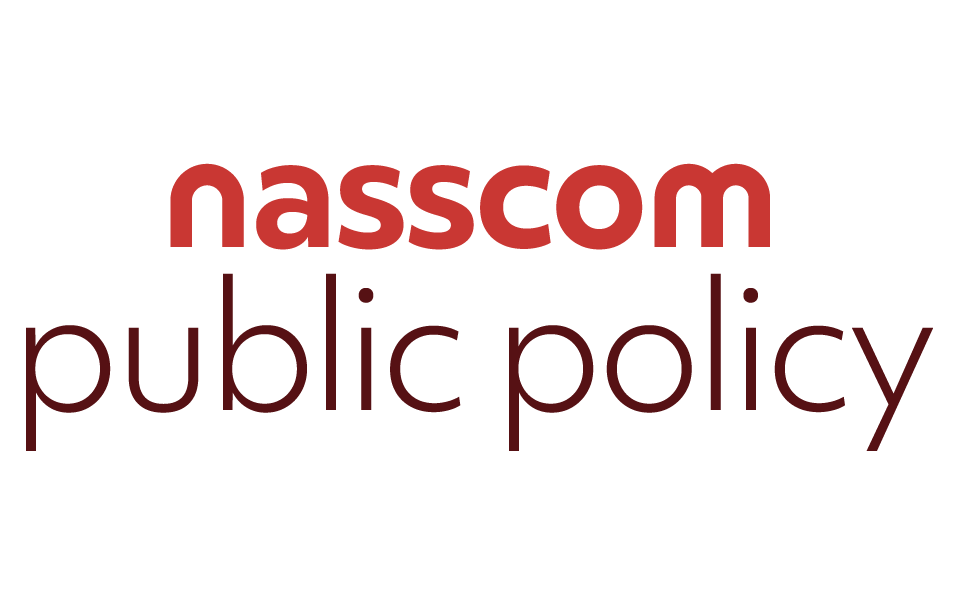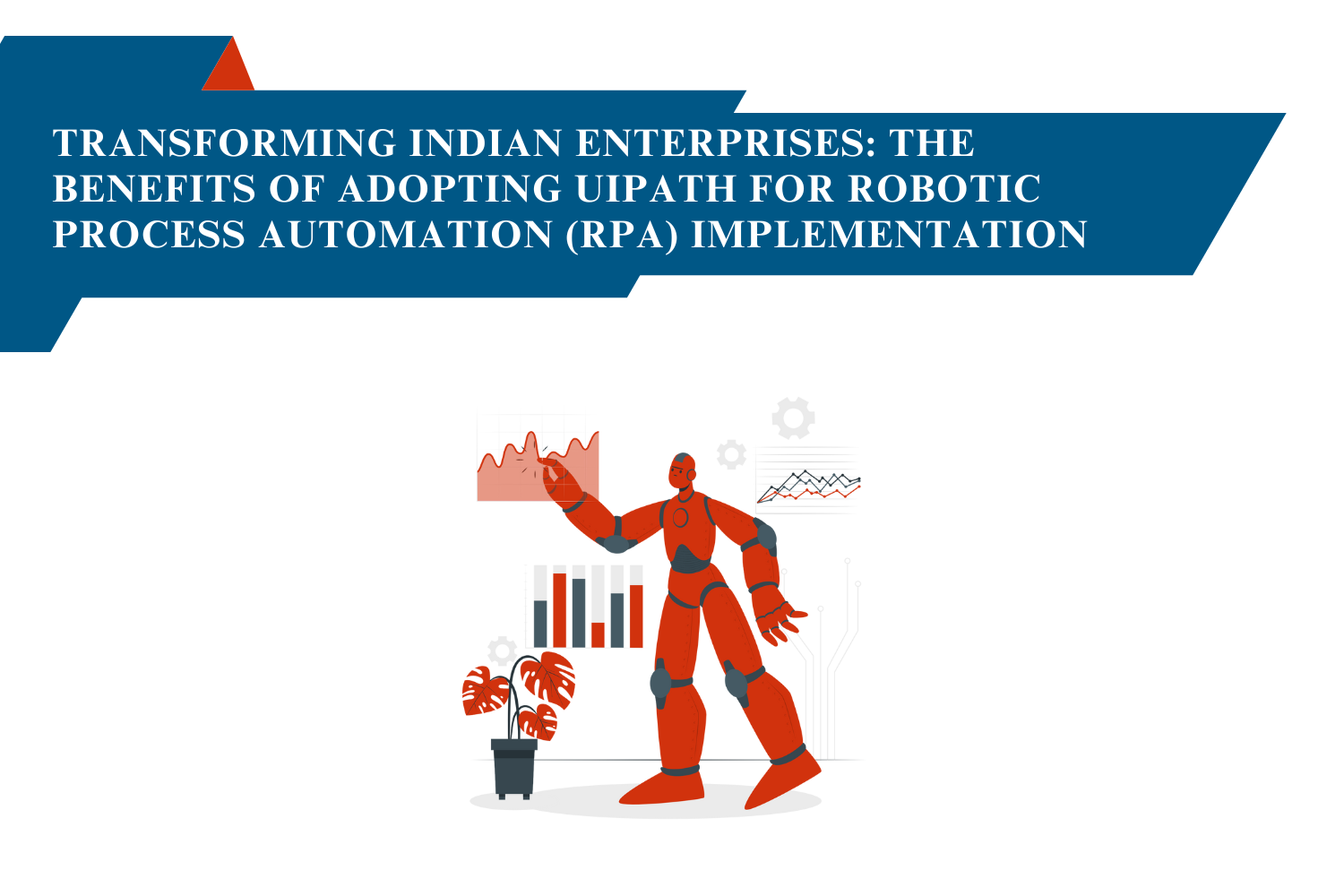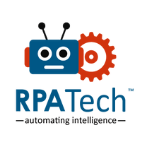Our particular day now usually starts with a chit-chat with either Alexa or Siri or any other virtual assistant and this dependence emphasizes how Artificial Intelligence (AI) and chatbots have become an integral part of our daily routine. In this article, we try to understand the importance of AI-driven chatbots for today’s world and businesses as well as the implementation strategy of these chatbots in alignment with the business needs.
“Chatbots have been there for a while now, they may add some quirky interaction and engagement for sure, but do nothing more than what our business website can’t already do. What’s the value addition here?”
As a business, one might have this question and it becomes more topical when the business sees an ever-growing discussion around AI and its application in Chatbots in consumer-oriented products and engagements.
Also, another pertinent question for the business is - “Can AI Chatbots really help us, if we are, for example, just a retail business (and not a tech giant!), trying to embrace the digital journey?”
The answer for both the above questions is, a definite YES!
Chatbots are truly the first and most sensible application of AI to your business, especially if you are growing a retail or e-commerce business. The AI-based chatbots help the consumers to accept and adopt these businesses at an accelerated pace, in this ever-growing smartphone-based consumer economy.
“So then, what is a Chatbot?”
A Chatbot is a website-based widget (can be extended to mobile apps too), which provides a guided textual conversational experience for end-users, without any real-time human intervention from the business side. AI and NLP (Natural Language Processing) are important technologies backing this experience. In today’s ever-changing world Chatbots are just not providing after-sales support like order tracking and service request management; they are also helping the consumers to find the right product mix or enhance the buying experience.
That’s amazing! Isn’t it? The following points elaborate more on how chatbots are the go-to tool for my business:
- Zero wait time, faster resolutions, 24x7: Consumers can start engaging for their requirements right away, as compared to dialing the phone, writing emails or text messages, waiting for human agents to be available. Due to AI, the responses are typically instantaneous, available all the time, and can easily be made to handle peak traffic.
- Conversational: Chatbots are designed to provide an experience, no different than talking to a live person. Text messaging-like style has been proven to be more suited to the current generation of smartphone savvy users, bringing less friction in sharing and consuming information.
- Less misinformation, more details: Chatbots cater well to both kinds of users, one who needs precise information and others who are looking for a more elaborate engagement. Having a clear history of the experience is a plus for end-users. A well designed guided experience can help users cut through the clutter and find the right answer
- Multi-functional, yet consistent: Chatbots can become a single tool to cater to multiple needs and user categories with a consistent engagement experience and UI.
- Business process efficiency: The major winning argument in favor of Chatbots is the reduction of workload for the support/sales team, allowing them to focus on complex requirements. Well-designed Chatbots can usually handle more than 50% of the user queries by themselves, thus leading to better support resolution or sales conversion metrics for your business.
- Increased user engagement: As any digital marketeer would say, the more a user stays on your website, the better it is for the business. Chatbots through exciting and appealing user workflows provide a platform to market new products or experiences and increase the adoption of new products resulting in increased buying and engagement
“This is great! But does this mean as a business owner I need to build a specialized team focused on AI-driven Chatbots?”
Not at all!
Today it is as easy as adding a few lines of code to your website which can use Chatbot SaaS services like Rasa, Amazon Lex, and hundreds of other platforms that suit your needs. Though most of these services are English language-focused, there are increasingly new services expanding the scope to other languages as well. As a business you focus on customers, let these configurable services focus on the conversations.
“Ok, I’m interested. How do I start?”
- Understand your organization’s goal: It’s important to define your organization and business goals and corresponding RoI metrics, which you are trying to achieve through Chatbot technology. This requires introspection of your business offering and processes, in order to identify the most troublesome areas. Try to understand the business goals through any of these value addition statements:
- I want to provide a more guided experience to my website due to the vastness of content. I aim to improve the Average Session Duration per user and increase inbound leads.
- I wish to reduce the number of calls to the customer service team so that current executives can focus on more complex tasks, resulting in better retention numbers.
- I wish to reduce the time to resolution of customer issues.
- I wish to scale customer support without hitting the bottom line.
To understand this further let us take an example of an online clothing store that gets 500 calls a day to the customer care agents. Out of these 500 calls, 200 calls are about “How do I request a return?”. Your website has clearly mentioned the return process, however, your customers are not aware of it. Thus, the goal of your organization is to reduce those 200 calls to your center so that your customer support team is more available for areas that need agent intervention.
- Define a purpose for the chatbot: Once you have your goal defined, you have narrowed it down one step. The next step is to understand how the chatbot will help achieve this goal. This needs addressing a series of questions and identifying patterns from the data collected by the agents over time. Continuing with the same example of the online clothing store as stated above, the purpose of the chatbot is to provide the user with the exact steps to be followed, to initiate a return. This could be done via a video or a link-driven guided experience.
- Design/visualize the user journey: Now that you have some idea of what you wish your chatbot to do, start thinking from the user’s perspective. How would you like the user to experience your chatbot? Continuing with the same example of the online clothing store chatbot, should the user be allowed to make selections out of a list of predefined options, and continue choosing options till the return request is submitted (guided chatbot)? Or should the chatbot be designed to understand the text that the user enters (NLP)? Either option can evolve and expand their understanding over time, as more data is gathered.
- Define workflows: The next step is to define the action and the response you wish to seek from the chatbot. To continue with the example of the online clothing store, a guided chatbot experience for a return process can have the following workflow:
User logs in > User gets the options - Return Order/Exchange order/Cancel order > User Choses ‘Return Order’ > Display the list of eligible orders > User selects the order of choice > Display all the items within the order > Ask user to select the item/s they wish to return > Confirm if this selection is accurate Yes/No > User choses ‘Yes’ > Confirm Return.
All of these steps were earlier done by an agent over a call, even though a return facility is available online. Now that all of the steps have been put together in one place, the end-user can find it much more intuitive and easy to use.
- Define a timeline and budget: Without a timeline and a budget for the chatbot, it’s possible to embark on a never-ending product development journey. It is ok to start small and add on depending on the success and acceptance of the chatbot with your user base.
With the above-answered questions, you will have enough to start with. Now, the next big step is to identify the product that will fit your needs. Once you have your goals defined, a rough design in mind, a budget, and an approach decided, narrowing down from the multiple options of SaaS (Lex, Rasa, etc.) is made simpler. One can choose to build everything from scratch too, but then again, it goes back to the budget and design you have in mind.
“Chatbots - Now & Forever”
Chatbot tech has come a long way in the age of AI/machine learning. With the right use of NLP and AI, a chatbot can not only have human-like interactions but also predict patterns and can know the next question your consumer may have before he decides to ask. It can assess the amount of “frustration” a consumer might be facing based on the time and urgency of the matter being discussed. Chatbots not only are a source of immediate feedback but can also hold information and convert it into data and patterns easily. Allow chatbots to take over the repetitive and data-heavy tasks for your business and design it to match your business objectives, and the business not only gets a great medium for marketing but helps in building better brand perception. Given how chatbots can evolve with every question and learn increasingly more about the consumer, they give a great opportunity for your business to evolve too.
About the Author
Sakshi Tewari, Product Studio, Globant India
A Product Expert with 9 years of experience in building technology-enabled products and business solutions across Retail, E-Commerce, and Hospitality domain, Sakshi brings extensive experience as a Business Analyst and Agile Coach in the projects involved. Her areas of focus also include product design, UX, and consumer satisfaction.



































